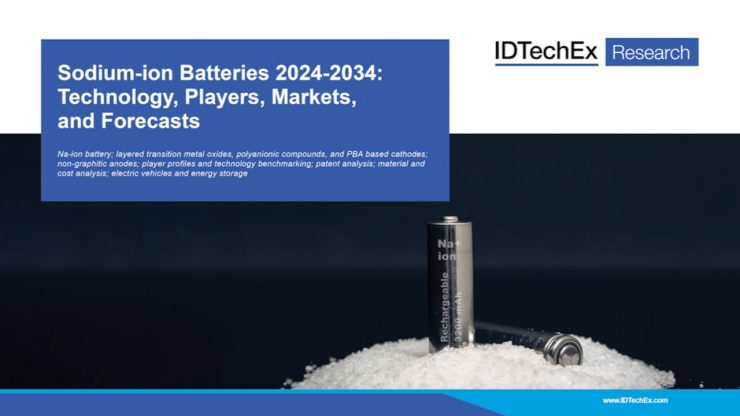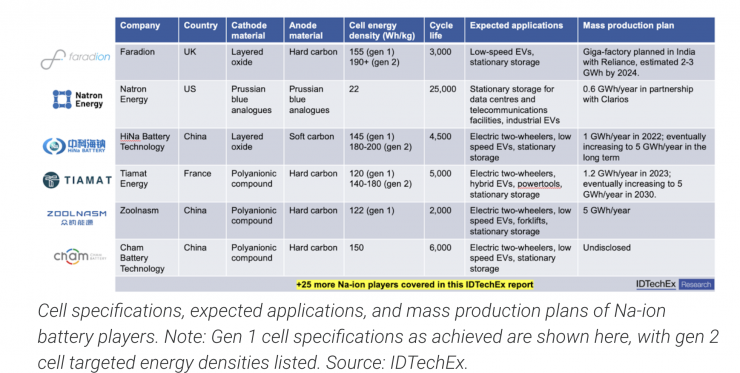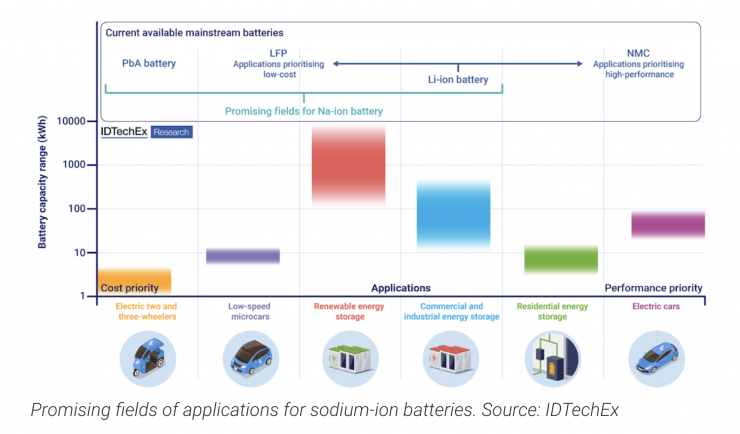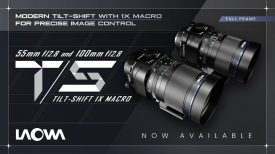
Sodium-ion is an emerging battery technology, but while we have seen it being used in larger battery systems in our industry it’s not quite at the point where can replace regular lithium-ion batteries.
Sodium-ion batteries bring new opportunities for lower costs, greater sustainability, and safety into the battery market. With sodium being more widely available than lithium, concerns about energy security and supply-chain shortages can hopefully start to decrease. IDTechEx has released a report on the topic, “Sodium-ion Batteries 2024-2034: Technology, Players, Markets, and Forecasts”, which dives into the world of sodium-ion batteries and what they have to offer.
Why sodium-ion?
Transported at 0 volts, compared with lithium-ion, which requires around 30% state of charge to travel, sodium-ion batteries’ use of aluminum current collectors on both the anode and cathode side creates a safer environment when being transported or discharged. With the process of manufacturing sodium-ion batteries being very similar to that of lithium-ion, existing infrastructure and manufacturing methods can be used, meaning the pursuit of new batteries can take place without incurring too many additional costs.
The ’perfect battery’ is somewhat of a myth because diversification is crucial for long-term battery market growth, with each type having its own desirable characteristics. It is important to recognize that the entry of sodium-ion batteries into the market will be used to complement other battery types rather than replace them, as they won’t be suitable for every application, just like other batteries cannot fulfill every role. However, one of the most enticing features of sodium-ion batteries is their cost, with the materials expected to be competitively priced at around 40% of the cost of lithium-ion battery cells.
Na-ion players

There are many players within the Na-ion battery market, with over 20 companies working on their developments in China alone thanks to government measures in place to accelerate progress and ensure leadership is maintained. IDTechEx predicts that the rest of the world should catch up with this progress as they become more desirable across a number of applications. The IDTechEx report, “Sodium-ion Batteries 2024-2034: Technology, Players, Markets, and Forecasts”, explores the players in various stages of the sodium-ion product cycle, with some ready to mass produce and others still researching.
Sodium-ion battery chemistries
Cathode active materials used in the makeup of Na-ion batteries include layered oxides, phosphates, and Prussian blue analogs, with each offering varying voltage and cycle lives and toxicity. Prussian blue analogs are formed by abundant, cheap, and non-toxic elements, making them an attractive option. However, they have a low energy density compared to layered oxides. Popular anode materials include intercalation materials such as hard carbon (high capacity and low cost), alloying materials, and conversion materials, each with its own strengths and safety fallbacks explored in IDTechEx’s report.
IDTechEx Predictions

IDTechEx predicts that a CAGR of 40% will be seen between 2024 and 2034 for the sodium-ion battery market, with improvements still needed in areas such as energy density. There are, however, clear advantages to sodium-ion batteries when compared with lithium-ion, such as their less flammable electrolytes, making them a safer alternative. Because of the lower energy density of sodium-ion from lower cell voltage and charge densities, there will need to be an increase in production for new cells to store the same amount of energy, increasing some machinery costs over time.





